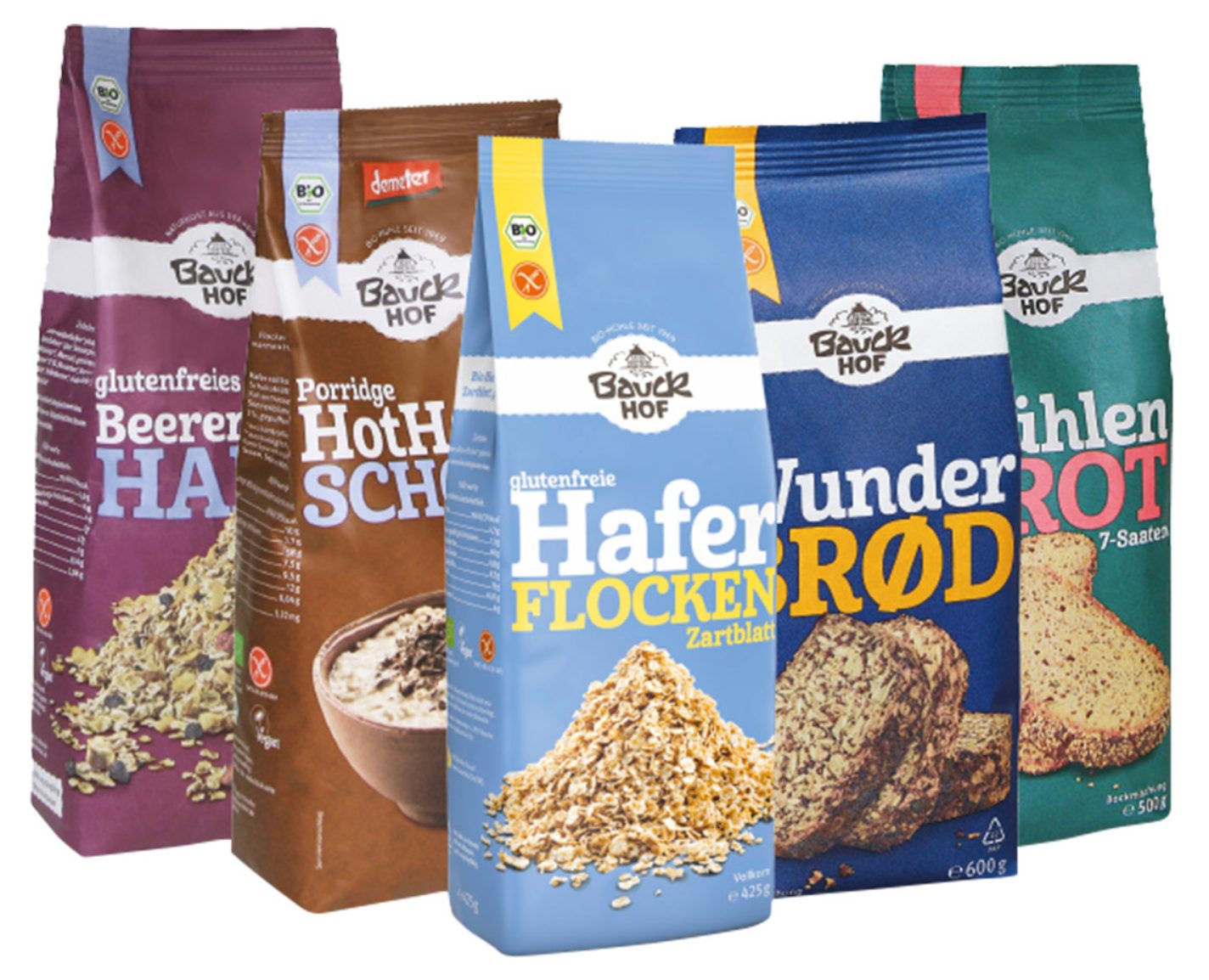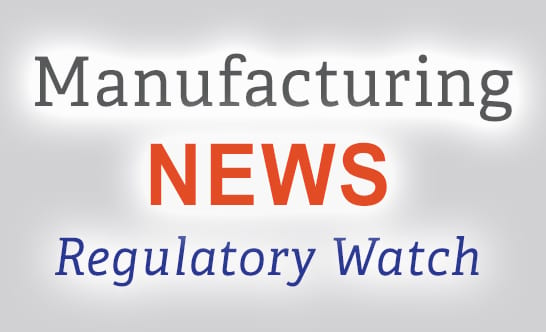Sustainable Packaging
Changing Consumer Attitudes on Sustainability
Means More Solutions for Plastics
Food manufacturers now include sustainability-related emission programs but are still identifying ways to displace plastic from packaging.
by Grant Gerke
CONSUMER ATTITUDES ON SUSTAINABILITY for brands are shifting. Consumers have advocated reducing plastic packaging and recycling for years, but sustainability is now seen with a broader lens: supply chain emissions, food waste, ethical sourcing and clean label ingredients. "The perception of the consumer is evolving beyond just the reduction of plastic packaging. They want to look at the whole lifecycle of the product. Where is it sourced? How is it produced? How is it discarded?" says Kasra Eskandari, associate director at NeilsonIQ, at the 2024 Packaging Recycling Summit in September.
Danone, the global food giant, has been working on emission reductions since 2015 and announced its net-zero goal to cut 30% of its methane emissions between 2020 and 2030. Danone’s three main business divisions include dairy, specialized nutrition and water.
“Methane is an absolute battle for us,” says Sara Lockwood, global regen agriculture director for Danone, during a dairy alternatives panel session in October. “Most of our company’s footprint comes from dairy ingredients and sourcing fresh milk, so we have more than 50% of our emissions today coming from dairy. Out of dairy emissions, methane represents about 55%.”
Ajinomoto Company and Danone announced a partnership in 2024 to reduce emissions by adding amino acids to farmers' feed, which also act as a nutrient. Studies have shown that amino acid-balanced feed with AjiPro-L, in combination with a methane reduction additive, can amplify the effect of the methane reduction additive by approximately 30%, according to Ajinomoto.
Sustainability is complex, but brands are embracing the challenge since the return on investment shows that implementing alternative packaging, reducing shipping weights and switching to new materials doesn't mean new packaging machinery. Plus, food industry stakeholders are partnering to minimize consumer confusion about recycling and hopefully increase post-consumer recycled (PCR) content.
Reducing Plastic Packaging for Ready-made Frozen Meals
While consumers press for less polymer packaging, plastic material is very efficient in transporting, selling and serving food products, especially in the area of ready-made frozen meals. Ready-made frozen meals use plastic trays due to durability, watertight properties, microwavable characteristics and protection of frozen food from dehydration during shipping.
JR Foods, based in Singapore, wanted to move away from the plastic packaging format for its Plánteus plant-based frozen, ready-made meal line. Besides consumer preferences, JR Foods wanted to meet Australia’s voluntary national packaging targets (APCO), one of its biggest markets.
“We not only want to align with the values and goals of our customers but respond to the call to build an environmentally and socially responsible Singapore by aligning with APCO and the Singapore Green Plan,” says Tony Chng, COO at JR Foods.
Besides sustainability, JR Foods has also been at the forefront of innovation. The company pioneered the cook-chill and cook-freeze technology in Asia and launched Singapore’s first hot vending machine in 2008. The next challenge for JR Foods was executing and delivering a frozen-food-ready meal line with paper-based trays.
JR Foods chose Smurfit Westrock’s TruServ paperboard-based pressed trays that use 93% less plastic with this new material. The paper-based tray does include a clear barrier polymer engineered to perform from -40°F (-40°C) to 428°F (220°C). Frozen food tray materials must endure heat and the blast-freezing process that allows natural flavors to be locked in.
JR Foods switched to paper-based trays and away from plastic for its frozen ready-meals, and was able to use its existing hot-filling packaging equipment. Image courtesy of Smurfit Westrock

Plánteus plant-based frozen, ready-made meal line removes 93% of its plastic material and switches to a paper-based tray. Image courtesy of Smurfit Westrock
“The tray is filled when product is hot and then it goes through a chill blasting process to bring the temperature of the entree to -40°C,” says Sze-Heong Ooi, Smurfit Westrock’s APAC sales and business development director working with JR Foods. “Then, it’s transported to retail freezers from there.” Besides rigidity, JR Foods needed a leak-proof tray that could endure two heating types: oven or microwave.
To achieve the full functionality of the plastic counterpart, JR Foods included a polymer-based coating for its paper-based trays. Smurfit Westrock developed the barrier coating and is currently testing the next iteration of the polymer-based coating for JR Foods.
Smurfit Westrock partnered with Australia’s Confoil to ensure that JR Foods could use its existing filling equipment with new paper-based trays. JR Foods uses the exact measurements for the paper-based tray for this application. Another key feature is the ability to reduce the weight of the packed meal by more than 30%, which translates into cost savings during shipping.
JR Foods conducted a lifecycle analysis (LCA) to reveal all of the benefits. "Our LCA revealed that using this new tray provided us with many environmental benefits. We're seeing reductions in solid waste, energy demand, water usage and CO2 emissions," says Chng.
Flexible Packaging magazine shares how Bauck GmbH, a producer of gluten-free organic flour and grains, uses a paper-based pouch for a range of product offerings in Europe—using Rovema’s SBS form-fill-seal machine for both plastic-based and paper pouch production runs.

Innovation Meets Sustainability for Protective Packaging
As the JR foods application shows, cost-savings and sustainability goals can coexist. Atlantic Packaging, a supplier of secondary packaging systems and solutions, partnered with Cruz Foam to add a lightweight solution for Wild Idea Buffalo Company. Recently, Wild Idea Buffalo replaced its expanded polystyrene (EPS) foam cooler with the biobased Cruz Cool alternative for the direct-to-consumer shipments of its wild buffalo meat.
The alternative packaging material features a six-panel pinwheel design engineered to fit seamlessly within a corrugated exterior box. According to Cruz Foam, approximately 70% of any alternative barrier packaging is made from certified upcycled food waste, which can be used to produce compost feedstock.
“We’re delighted to see not only match the peak performance of our existing material, but the new material far surpassed it,” says Phil Graves, CEO at Wild Idea Buffalo Company. “So it allows us to have a better environmental footprint, but we can actually get our product to customers via ground shipping with far less dry ice and cost.”
Currently, the foam is added manually to erected cases, but automation is possible. "In the cooler space, there are a few companies working on solutions to erect a case, load insulation and present packers with a partially assembled cooler," says Kyle Pischel, packaging engineer with Atlantic Packaging.
Food Industry Waiting on Increased Post-Consumer Recycled Content
In October, Bloomberg’s market research division released a report showing a range of brands' use of post-consumer recycled (PCR) content in packaging and comparing it against their stated 2025 goals. As documented by FOOD ENGINEERING, PCR content goals are not being met and the Bloomberg report says, “the undersupply of high-grade recycled plastic is stifling brand owners’ ability to achieve targets.” Pepsico, for example, had a target of 25% PCR content in its packaging by 2025 and now targets 50% PCR content by 2030.
In late September, The Recycling Partnership (TRP), in a joint initiative with GreenBlue, released its U.S. Community Recycling Program acceptance data for the very first time. The acceptance data will be available via The Partnership’s National Recycling Database and will be published twice annually instead of being released every five years as was done previously.
The U.S. recycling system is a complex network of more than 9,000 separate local recycling programs that process billions of pounds of material each year. Local recycling programs identify specific material types that can be accepted in recycling bins, and communities establish an acceptance list for specific packaging formats.
“By clarifying the differences between ‘access’ and ‘acceptance,’ the new database initiative helps the industry better understand and navigate key components of the recycling system that are crucial to addressing its challenges,” says Katherine Huded, VP of recyclability solutions at The Recycling Partnership.
Another component of this joint agreement is the changes to the ubiquitous How2Recycle symbol on packages. GreenBlue’s How2Recycle symbol will now feature Recycle Check, a QR code giving consumers a clear yes/no answer about what can be recycled based on zip code. The newly named How2Recycle Plus label and QR code will leverage the acceptance data via TRP’s database.
“If existing members migrate to the new How2Recycle Plus label that integrates the Recycle Check QR code-based label, we’ll see an influx of products that enable individuals to determine in real-time whether the packaging can be recycled locally,” says Huded.

Wild Idea Buffalo replaced its expanded polystyrene foam cooler with the biobased Cruz Cool alternative packaging. Image courtesy of Cruz Foam
While this may be a minor update, consumers are familiar with QR codes and this joint effort should educate them. “Actionable, up-to-date data about what is and is not accepted in towns across America is critical if we are going to improve our recycling rates,” says Keefe Harrison, CEO of The Recycling Partnership. “As a result of this initiative, the public, companies and policy makers now have the timely information they need to make better recycling decisions.”
TRP also cites that this collaboration will bring about harmonized definitions. “Establishing standardized definitions and taxonomies across the industry reduces complexity and confusion, making it easier to communicate and work together to improve the recycling system,” according to TRP.
2025 should be an exciting year for consumer packaged goods (CPG) companies as carbon emissions and energy programs start to scale and find more "low-hanging" sustainability fruit. Consumers are expanding their definitions of sustainability, and brands understand these trends are here to stay.


